STORY 3 Towards fair water management
The Jeneberan River in South Sulawasi is a medium-sized river in Indonesia with a total length of about 100 km and with a basin area of 789 square kilometers. In the downstream area of the basin, there is a 234-square-kilometer area of rice paddies that stretches across Makassar City, the capital of the province with a population of over one million, and the provinces of Gowa and Takalar. Frequent flooding occurs in Makassar City during the rainy season, while water shortages occur during the dry season. To address these problems, a multipurpose dam called the Bili-Bili Dam was constructed in 2000. The purpose of this dam is to prevent flooding and provide a stable supply of water for irrigating the paddy fields in the region.
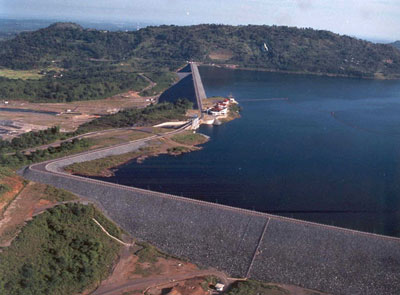
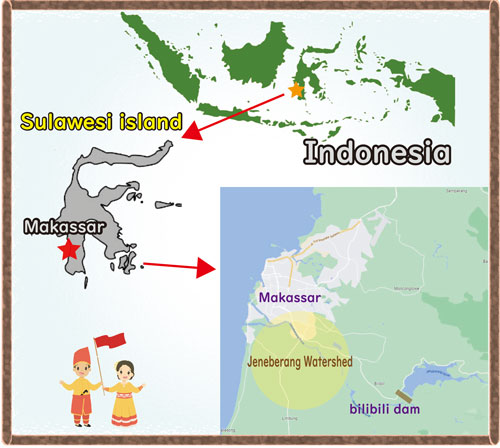
Prior to the construction of the dam, rain-fed rice cultivation was practiced and the annual harvest per farmer could barely provide enough food for five people, the average family size in the area. With the completion of the dam, it became possible to use water during the dry season and to have second or even third rounds of harvests, which increased farmers’ incomes.
Nevertheless, some households still had insufficient access to water during the dry season. Therefore, RIHN implemented a five-year project called ‘Designing Local Frameworks for Integrated Water Resources Management’ to distribute water more fairly and eliminate the gap between areas with and without sufficient access to water. Measures were designed and implemented together with local communities, stakeholders, and researchers from various fields.
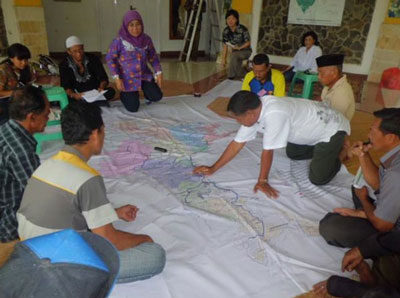
The project involved a team of researchers from the natural sciences, social sciences, and humanities, as well as local residents. At the start of the project, natural scientists measured water levels and velocities, as well as the total volume and fluctuation of water, in order to understand the current status of water allocation and use. Social scientists used interviews and questionnaires to analyse social conditions and existing water use. These studies revealed that the total amount of irrigation water available should meet the needs of all the households in the region, and that the water shortage was mainly related to issues of management and distribution.
After the baseline study, a meeting was held with over a hundred local stakeholders to develop a collaboration plan. The stakeholders included 55 farmer leaders (representing farmers with and without sufficient access to water), 34 governmental water managers and supervisors, and 8 Japanese and local researchers. Other stakeholders included NGOs and village leaders. In selecting stakeholders, consideration was given to legitimacy, and in cases where not everyone could participate, representatives were chosen through discussions.
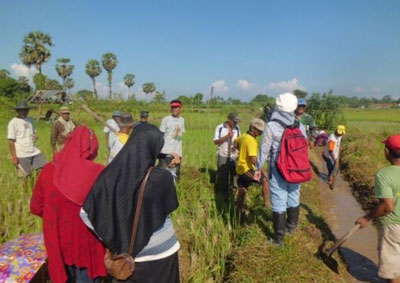
After several rounds of discussions, the project members and stakeholders decided to implement a plan to improve equity in water distribution with the participation of all relevant stakeholders. The team carefully coordinated with local residents in the entire basin to determine when and where irrigation flood gates should be opened and closed. In addition, researchers collected data to clarify how the water was distributed when the floodgates were opened. The data revealed problems with a sluice and flood gate, which inspired the gatekeepers to take voluntary efforts such as performing repairs and obtaining government funding to solve other issues. Furthermore, the project members created a ‘water distribution manual’ to ensure that the project results can be sustained in the community over time. The manual identifies more than 30 types of stakeholders and provides detailed information, such as their roles and meeting schedules, so that efforts can continue in the absence of researchers after the project ends.
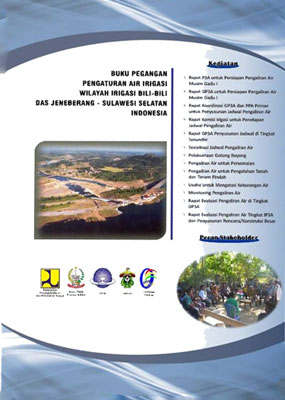
Author: Yuko Onishi
The story focused on co-creation activities of researchers and the stakeholders to real-world problems. It is not a summary of the research project, but an original article based on interviews with the researchers and residents involved, as well as publications from the project. If you would like to know more about the research project and its outputs, please refer to the following references.
References:
ランピセラ、2016、共に創るースラウェシでの事例からー、窪田(編)、水を分かつー地域の未来可能性の共創ー、勉誠出版。
Website:
Research Institute for Humanity and Nature.Water Management Project Website




